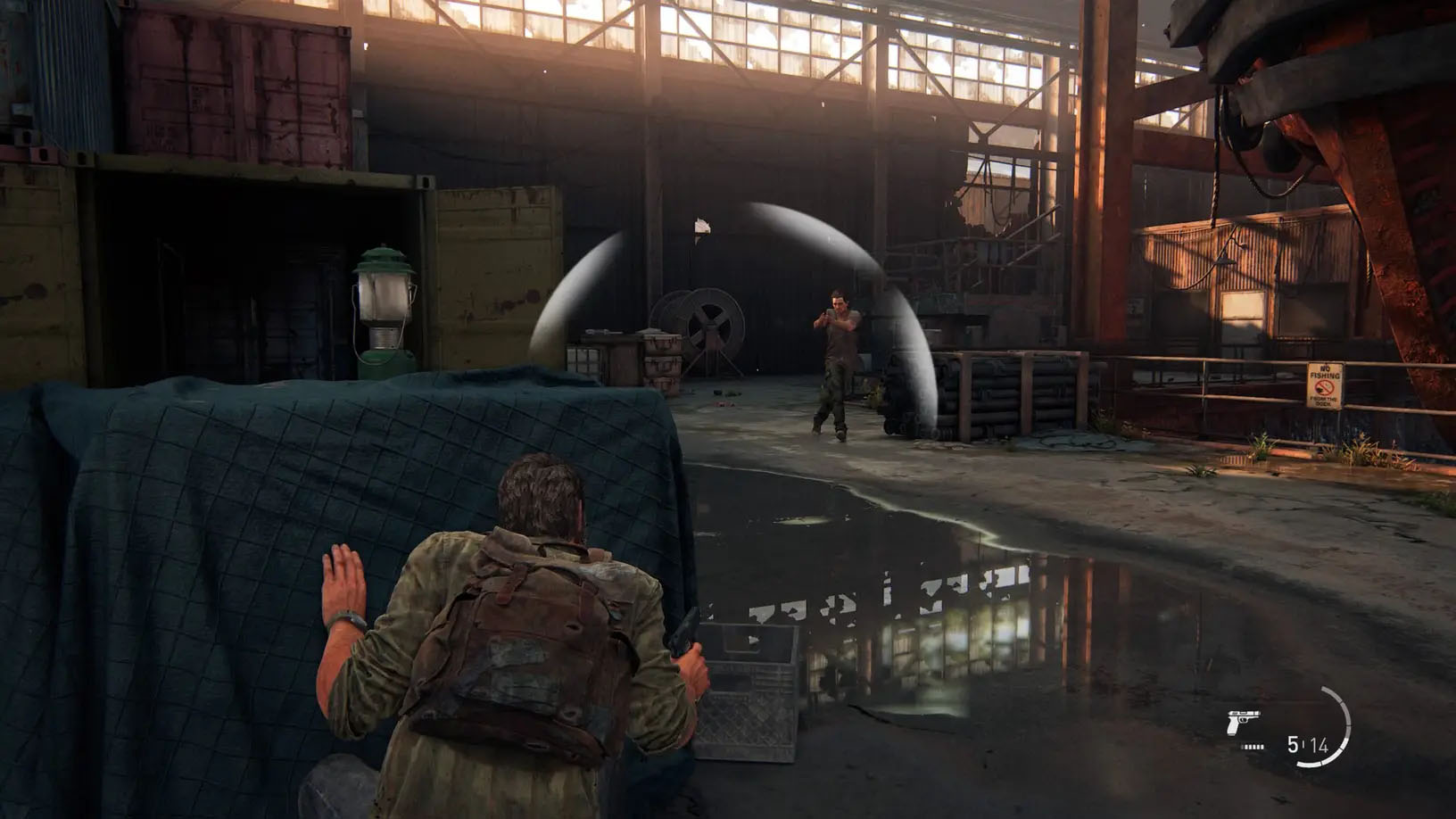
Publisher Sony Interactive Entertainment and developer Naughty Dog shared details The Last of Us Part I accessibility features.
The new The Last of Us Part I accessibility features run the gamut of things ranging from subtitles to audio descriptors in cinematics, haptic feedback for dialogue, and more.
Here’s a new trailer showcasing the new features:
Here’s a rundown on the new features:
Accessibility Presets
As with The Last of Us Part II, many of the accessibility features were built to work in concert with one another. As such, there are three accessibility presets that configure all the recommended settings for vision, hearing, and motor accessibility. You’re free to customize these presets further to better suit your needs.
Alternative controls
You are able to fully customize your PS5 DualSense controller options, remapping every command to a different controller input – including touchpad swipes and controller shake. You have individual options to change every button hold into a toggle, and every rapid press into a hold. There are also camera assistance and lock-on aim options.
Magnification and Visual Aids
There are options to fine-tune the HUD size, color and contrast to ensure text, UI and gameplay elements are comfortably visible to view and read. The High Contrast Display is a special render mode that provides more contrast for in-game elements. There’s also a Screen Magnifier, allowing you to zoom in on any part of the screen using the PS5 DualSense controller’s touchpad.
Motion Sickness
Simulated 3D movement can be a source of motion sickness for many players. To create a more visually comfortable experience, there’s options to adjust camera shake, motion blur, camera follow distance, and even field of view. There’s also an option for a persistent white dot in the center of the screen, which can alleviate the sensation.
Navigation and Traversal
Included are ways for blind and low-vision players to navigate the game world. Navigation Assistance can be used to guide you along the golden path of story progression or you can use Enhanced Listen Mode to go off and find enemies or pickups instead. To help you move through the game world, there are options for simplified traversal input, ledge guard, and the ability to skip puzzles altogether.
Text-to-Speech and Audio Cues
Any information that is only represented visually is unavailable to a blind player. There are several options to convey this information through sound and controller vibration instead. Traversal and Combat Audio Cues work alongside the game’s audio to map easily identifiable sounds to commonly used actions (scavenging pickups, jumping across gaps, etc.). These audio cues are cataloged in an audio glossary that you can refer back to at any time. Additionally, menus and other on-screen text can be voiced using the Screen Reader option. For those that have their language set to English and Screen Reader enabled at the console level, The Last of Us Part I will automatically enable Screen Reader for you in-game.
* Screen Reader features available in all supported languages**, except for Thai
** Supported Screen Reader languages include: English, UK English, French, Italian, German, Danish, Turkish, Russian, Czech, Greek, Finnish, Swedish, Norwegian, Hungarian, Polish, Portuguese, Spanish, Dutch, Traditional Chinese, Simplified Chinese, Japanese, Korean, Croatian, LATAM Spanish, Brazilian Portuguese
Combat Accessibility
Because combat in The Last of Us Part I should be accessible for all players, there are a number of options that can significantly alter the gameplay experience. For instance, the Invisibility Toggle feature allows you to experience stealth gameplay that might otherwise be inaccessible. If you have difficulty aiming, you can give yourself more time by enabling Slow Motion while aiming. The goal is to provide you with all the tools you need to make the combat experience enjoyable and challenging.
HUD
If you’re deaf, hard-of-hearing, or need to play at low or no volume, you may not be able to access gameplay information that is only represented through audio. To address this discrepancy, Naughty Dog has included several options to display this information visually instead. Awareness Indicators allow you to determine when you’re being spotted in stealth; they also can be set to persist during combat, pointing in the direction of high-threat enemies.
Subtitles
Subtitles are an extremely popular accessibility feature, so the studio provided a wide array of customization options for them. You can tweak the size and color, add a dark background for contrast, enable speaker names, and even a directional arrow for offscreen speakers. You can enable subtitles for all systemic enemy dialogue during stealth and combat.
Game Difficulty
As an extension of the accessibility features, The Last of Us Part I also includes expanded difficulty options. At launch, there are six different challenge levels: Very Light, Light, Moderate, Hard, Survivor, and Grounded. You can customize specific aspects of difficulty to your needs or desired experience. You can individually tweak difficulty settings related to incoming damage, enemy and ally effectiveness, stealth, and resources. Trophies are not limited by difficulty.
The Last of Us Part I is set to launch on September 2nd for PlayStation 5, with a PC release coming soon after.